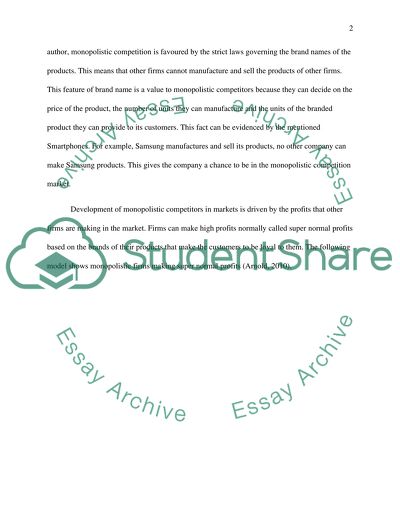Cite this document
(“Competition in Smartphone Markets Essay Example | Topics and Well Written Essays - 1500 words”, n.d.)
Retrieved from https://studentshare.org/macro-microeconomics/1495962-competition-in-smartphone-markets
Retrieved from https://studentshare.org/macro-microeconomics/1495962-competition-in-smartphone-markets
(Competition in Smartphone Markets Essay Example | Topics and Well Written Essays - 1500 Words)
https://studentshare.org/macro-microeconomics/1495962-competition-in-smartphone-markets.
https://studentshare.org/macro-microeconomics/1495962-competition-in-smartphone-markets.
“Competition in Smartphone Markets Essay Example | Topics and Well Written Essays - 1500 Words”, n.d. https://studentshare.org/macro-microeconomics/1495962-competition-in-smartphone-markets.


